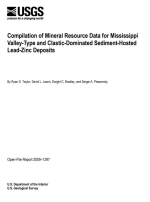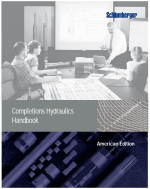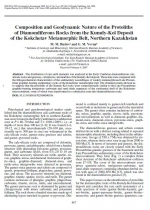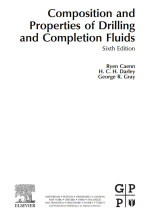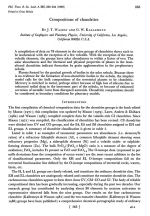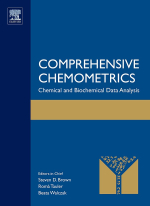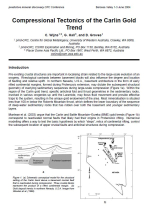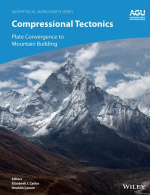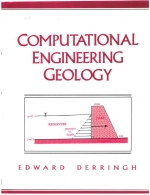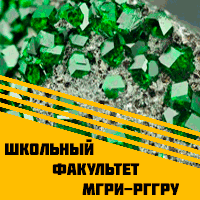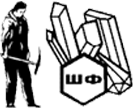Pre-existing crustal structures are important in localising strain related to the large-scale evolution of an orogeny. Rheological contrasts between basement blocks will also influence the degree and location of faulting and relative uplift. In northern Nevada, U.S.A., basement architecture in the form of early rifted continental margins, formed during Proterozoic extension, may dictate the subsequent structural geometry of overlying sedimentary sequences during large-scale compression (Figure 1a). Within the region of the Carlin gold trend, specific anticlinal fold and thrust geometries in the sedimentary rocks, involved in various orogenies up until the Laramide, may focus fluid movement and provide effective traps to the system, resulting in the unique gold endowment of the area. Most mineralisation is situated less than 100 m below the Roberts Mountain thrust, which defines the lower boundary of the sequence of deep-water sedimentary rocks that has ridden over both the basement and younger sedimentary layers.
Muntean et al. (2003) argue that the Carlin and Battle Mountain–Eureka (BME) gold trends (Figure 1b) correspond to reactivated normal faults that likely had their origins in Proterozoic rifting. Numerical modelling offers a way to test the basic hypothesis by which “steps”, relics of continental rifting, control the subsequent location of upper crustal faults and anticlinal structures during compression.


